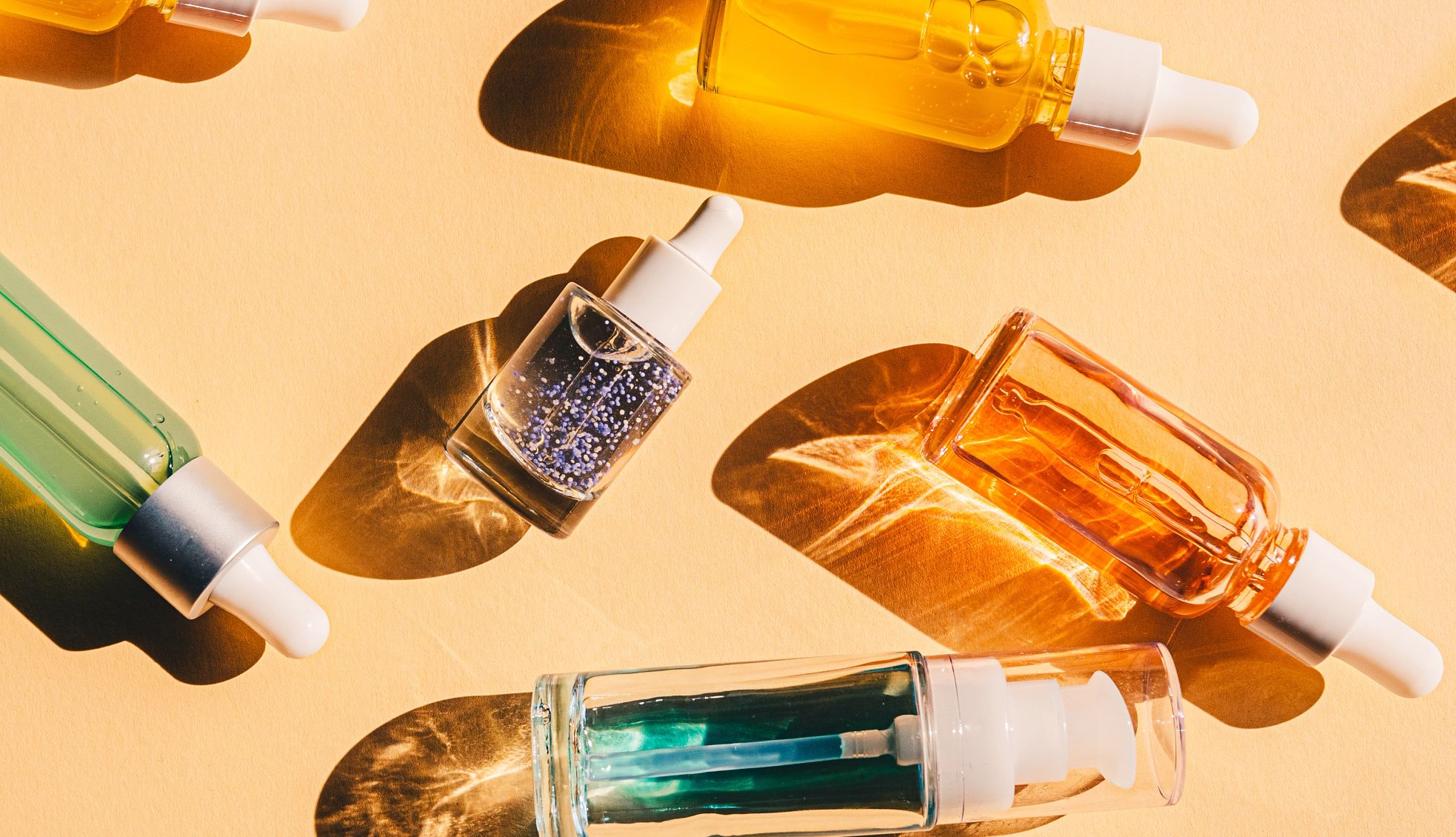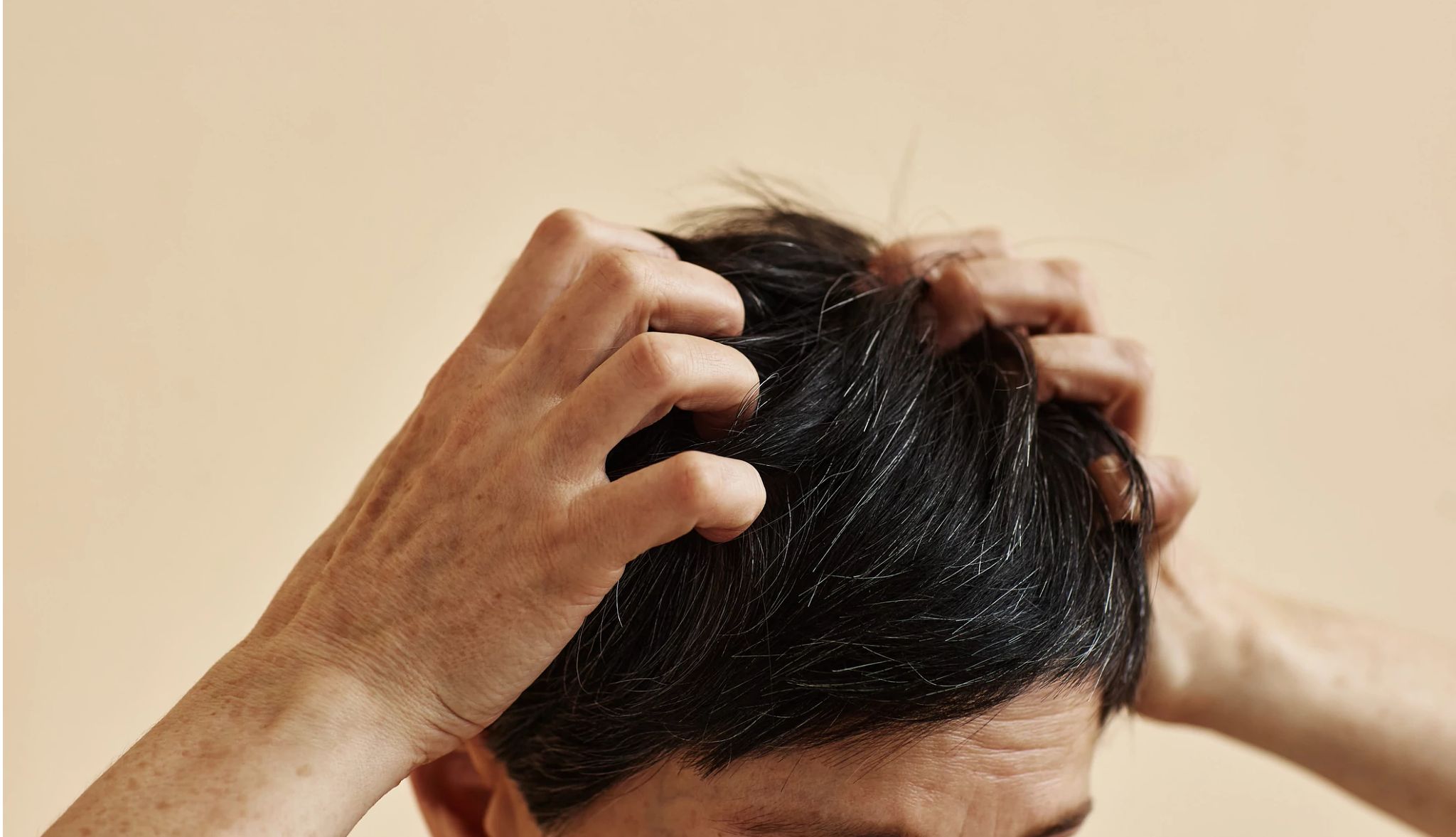Staying Fit


Getting older leaves its mark on every part of your body, from your joints and your digestive system to your heart and blood vessels. But perhaps nowhere is aging’s impact more noticeable than on your skin — it’s like a front page announcing the passage of time.
Wrinkles, sagging and discoloration are all normal changes to your skin as you age, experts say. Aging also makes your skin more delicate and susceptible to dryness, itching and rashes.


AARP Membership— $12 for your first year when you sign up for Automatic Renewal
Get instant access to members-only products and hundreds of discounts, a free second membership, and a subscription to AARP the Magazine.
“It’s important to recognize that aging is a natural part of going through life. I always tell patients, it beats the alternative,” says Zaineb Makhzoumi, M.D., a board-certified dermatologic surgeon for the Maryland Medical System.
While aging skin is beautiful skin, if you prefer a more youthful look, there are plenty of ways to achieve a radiant mature complexion, dermatologists say, ranging from over-the-counter products to in-office procedures.
“We can try to slow things down in a measured way,” Makhzoumi says. “We can be as subtle or as not subtle as people want.”
Here, Makhzoumi and other experts share five specific ways skin changes with time, along with tips to help your skin look vibrant, no matter your age:
1. Wrinkles and sagging
As you age, you produce less collagen, the building block of protein in the skin that gives your skin its firmness and elasticity. Collagen production starts to dwindle as early as your mid-20s, Makhzoumi says, and by your early 30s, you’re losing 1 percent of your collagen every year.
“The reason that collagen is so important is because it serves as a scaffolding that holds up your skin,” she says. “Without it, your skin just sags and drops.”
Studies show that sun exposure accelerates the breakdown of collagen and damages fibers in the skin. That causes skin to lose its ability to snap back after stretching, leading to sagging, wrinkles and lines.
Other factors that contribute to wrinkles include smoking, exposure to pollution, stress, genetics and years of repeated facial muscle movements.
But sun exposure is by far the biggest contributor, Makhzoumi says.
What you can do: Wearing sunscreen with an SPF of at least 30 every day “helps you hold on to your collagen,” Makhzoumi says, preventing further wrinkles and damage.
For existing lines and wrinkles, creams containing retinol promote collagen production, enhance cell turnover and help erase fine lines, dermatologists say. Retinol is available in both over-the-counter creams and prescription formulas (Retin-A, tretinoin).
For a more noticeable transformation, in-office cosmetic treatments, though not covered by Medicare or insurance, can help smooth out wrinkles. Options include FDA-approved injectables such as Botox, hyaluronic acid fillers such as Restylane and Juvederm, and laser resurfacing, dermabrasion and microneedling.
Daily Sunscreen: Your No. 1 Defense Against Aging Skin
Fortunately, your best bet for combating the skin changes that come with aging is simple: consistent daily use of a sunscreen with an SPF of at least 30.
Slathering on sunscreen shields your skin from harmful UV rays, which are the primary cause of wrinkles, fine lines and sun spots.
It’s never too late to start. One study, published in the Annals of Internal Medicine, found that even when participants began applying sunscreen daily in their 40s and 50s, it still reduced the signs of skin aging after four and a half years compared to the skin of those who used sunscreen only sometimes.












































































More on Health
7 Skin Conditions That Need Medical Attention
They may not signal skin cancer, but they could still spell trouble
How to Choose the Right Face Cream and Serum
Find the perfect product to target specific skin issues8 Bad Habits for Your Skin
Smoking, scratching and skipping out on SPF can be damaging
Try These Tips for Living a Healthier Life
Small changes can add up to big mental and physical results
Recommended for You